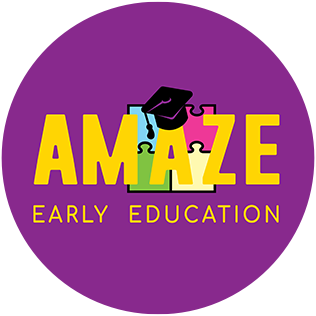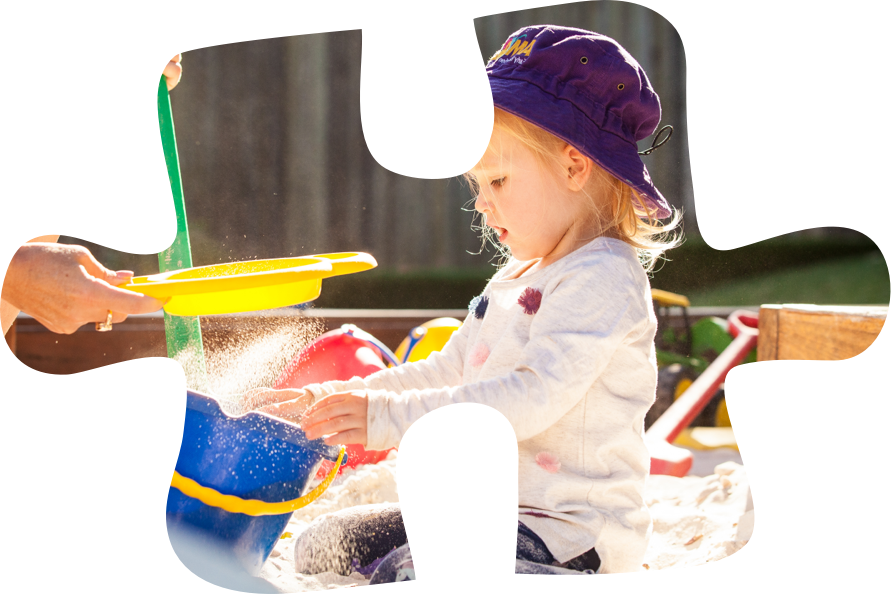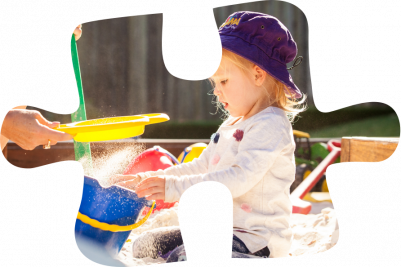Every child has different learning styles. Children have their ways of processing information and retaining knowledge. Understanding their learning style can help you create a more effective learning environment. In this blog post, we will discuss the different learning styles in children and how you can support your child’s learning journey.
4 Different Learning Styles in Children
Learning styles refer to the different ways you learn and absorb information. For young children like yours, learning happens through hands-on experiences, like touching, doing, and moving. They also learn through seeing and hearing. As you observe your child, you’ll notice their strengths and preferences, which indicate their preferred learning style. Many different learning styles have been identified. Some of the most common include:
Visual learners learn by seeing. They observe the body language and facial expressions of parents or teachers to understand and learn through demonstrations and descriptions. They have strong imaginations and think in pictures.
Auditory learners learn by listening. They learn best through discussions and talking things through. Verbal directions help clarify instructions or written information for them. Excessive noise can be distracting, so they thrive in quiet environments.
Tactile learners learn through touch. They enjoy hands-on activities and projects. Your child may find doodling or drawing helpful for memory retention.
Kinesthetic learners learn by moving and doing. They rely on physical sensations and may struggle with sitting still for extended periods. A hands-on approach that encourages active exploration of the physical world is most effective for their learning.
How Can You Identify Your Child’s Learning Style?
The best approach is to observe their actions, interests, and preferences. These will give you insights into how they process information.
If your child has developmental delays, it’s common to constantly focus on what they haven’t achieved yet. Instead, try shifting your attention to their strengths and favourite activities. Every child, including those facing challenges, has their interests and preferences. Recognising and acknowledging these can significantly enhance their motivation to learn. Here are some questions that you can ask yourself to understand your child’s learning style:
Visual learners: Do they enjoy looking at pictures, diagrams, and other visual aids? Do they seem to remember things better when they see them written down?
Auditory learners: Do they enjoy listening to music, stories, and lectures? Do they seem to remember things better when they hear them spoken aloud?
Kinesthetic learners: Do they enjoy playing games, experimenting, and role-playing? Do they seem to remember things better when they do them?
Tactile learners: Do they enjoy touching things, playing with puzzles and manipulatives, and doing art projects? Do they seem to remember things better when they feel them?
How Can You Help Your Child Learn More Effectively?
Once you have a better understanding of your child’s learning style, you can start to tailor your teaching approach to their needs. Here are a few tips for teaching children of different learning styles:
Visual learners: Use visual aids, such as pictures, diagrams, and charts. Let them take notes and draw pictures to help them remember what they have learned.
Auditory learners: Use auditory aids, such as lectures, discussions, and music. Motivate them to talk about what they are learning and to record themselves reading aloud.
Kinesthetic learners: Use hands-on activities, such as experiments, games, and role-playing. Encourage them to move around while they are learning and to act out what they are learning.
Tactile learners: Use manipulatives, such as puzzles, blocks, and Play-Doh. Make them touch and feel what they are learning and create projects with their hands.
Discover Your Child’s Learning Style
Understanding different learning styles in children can significantly impact their academic success and enjoyment of learning. It may require some effort, but the benefits are undoubtedly invaluable. By comprehending how your child absorbs information and acquires knowledge, you can provide the necessary support to help them maximise their potential.
Remember, every child is different, and it’s essential to be flexible and experiment with different approaches to find what works best for them. Embrace their individuality, and watch their love for learning flourish.
At Amaze, with numerous effective learning approaches available, our dedicated educators take great care in assessing and identifying the most suitable method that aligns with your children’s unique learning styles and preferences.








